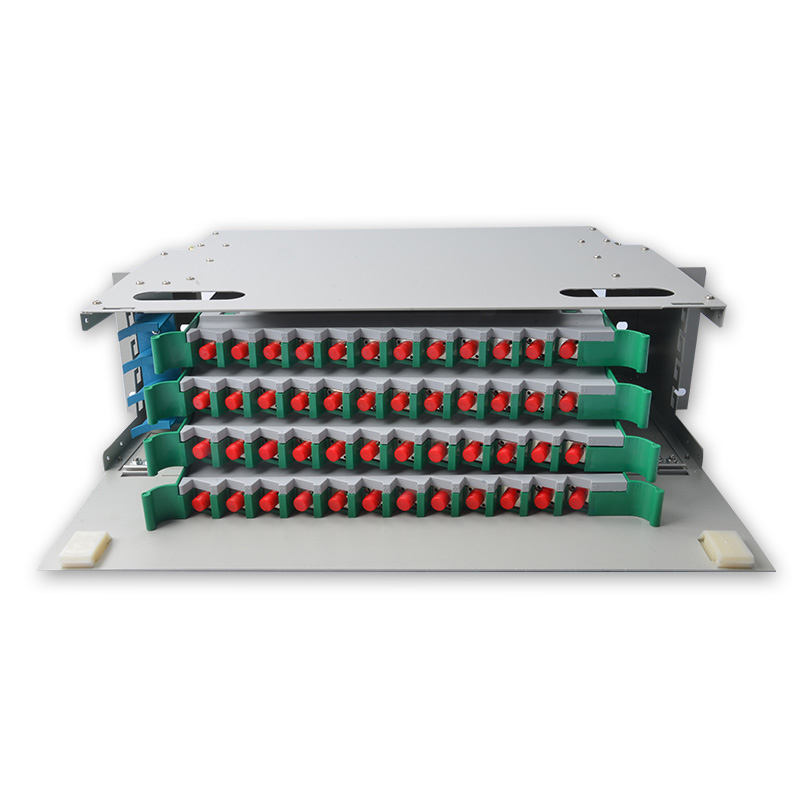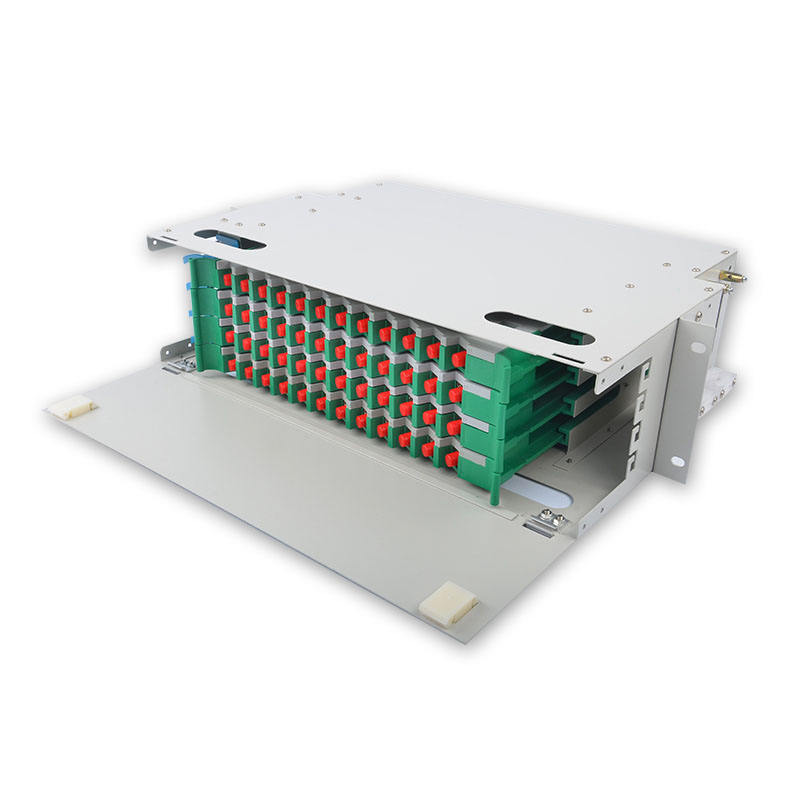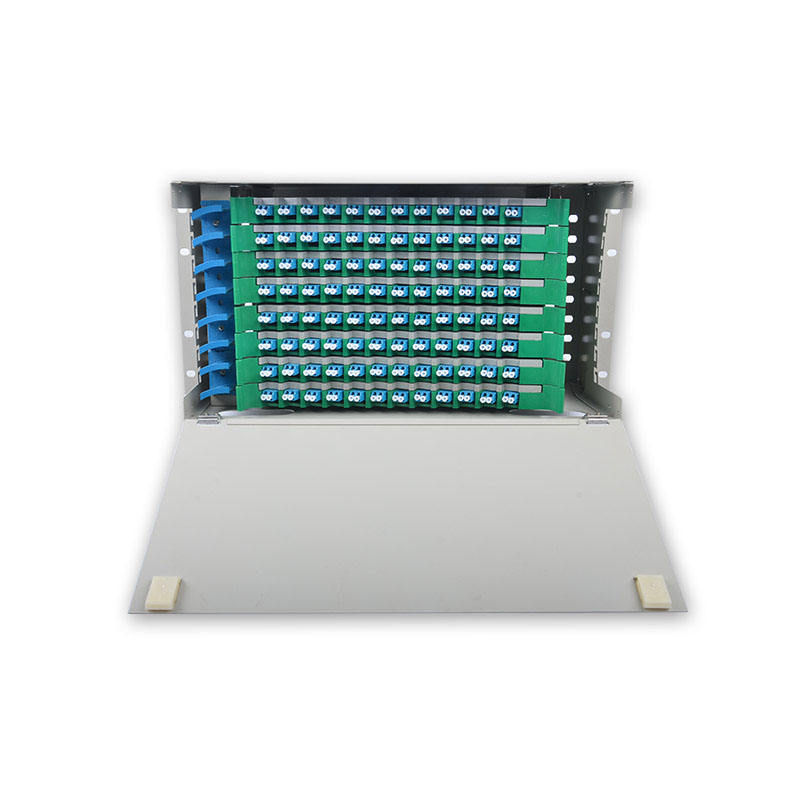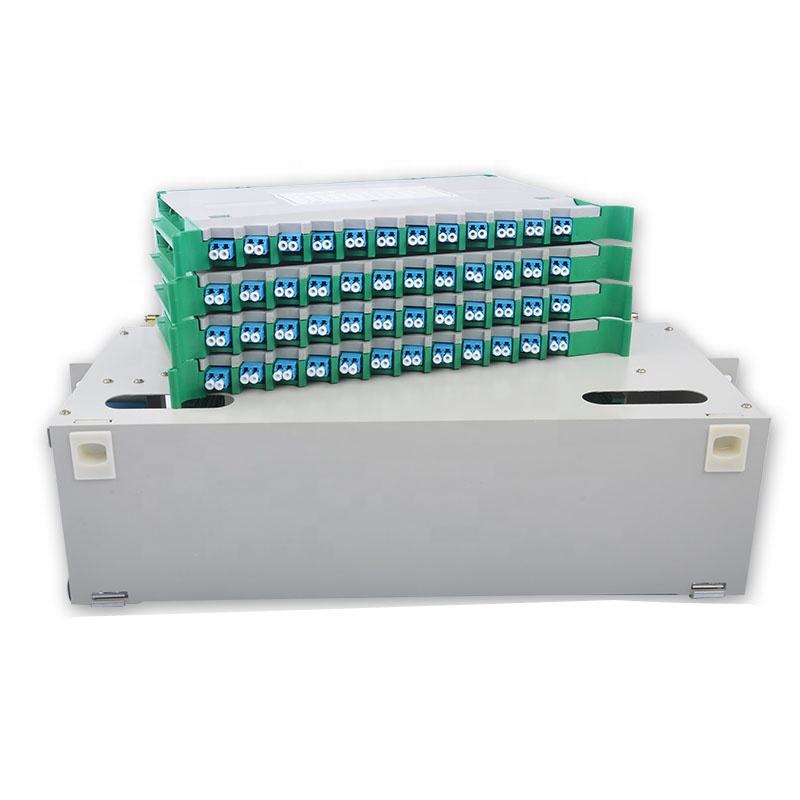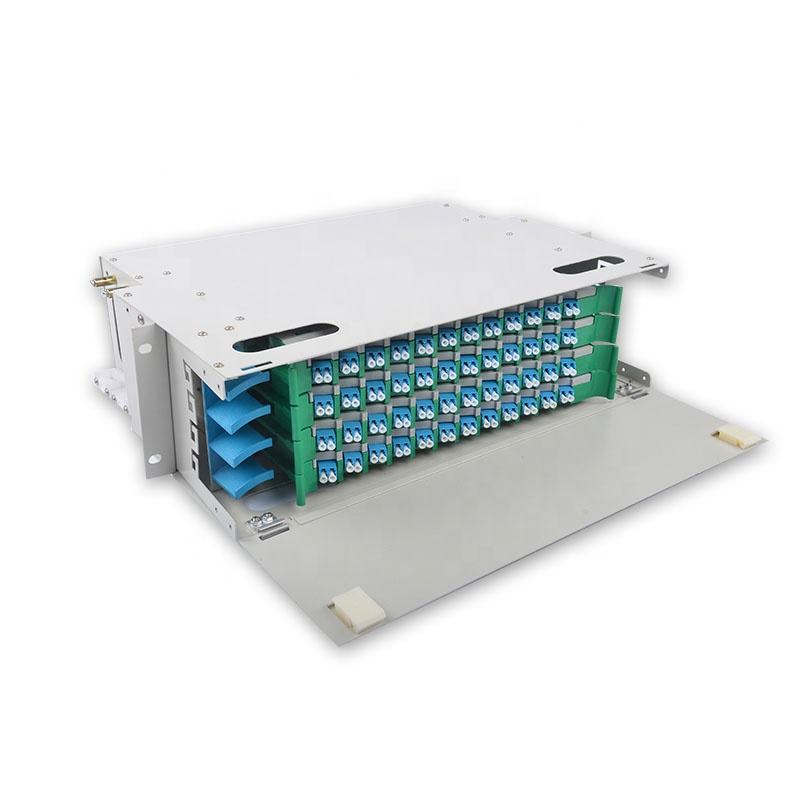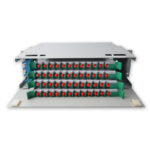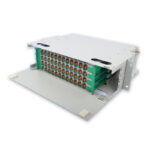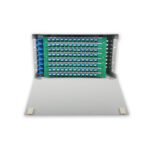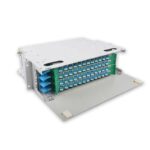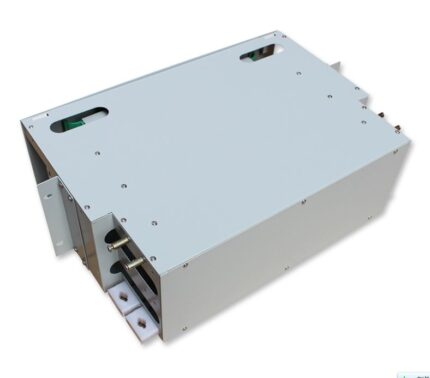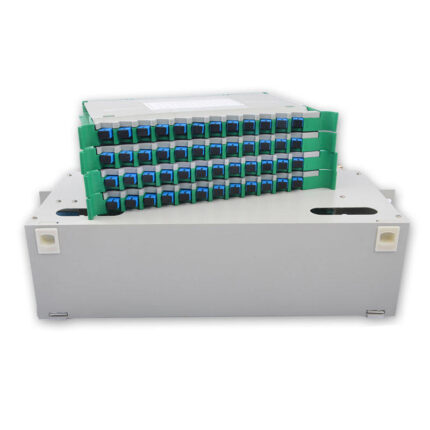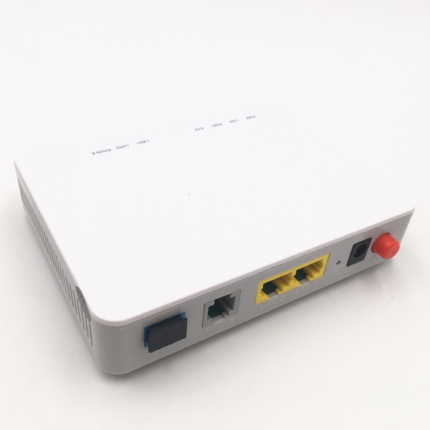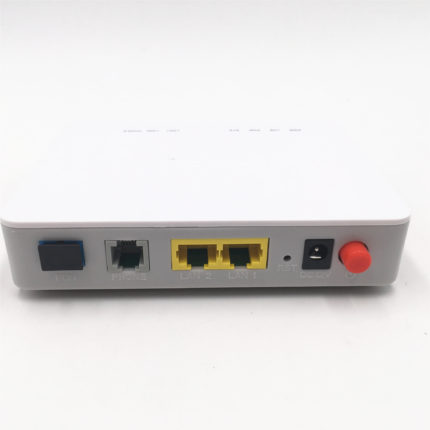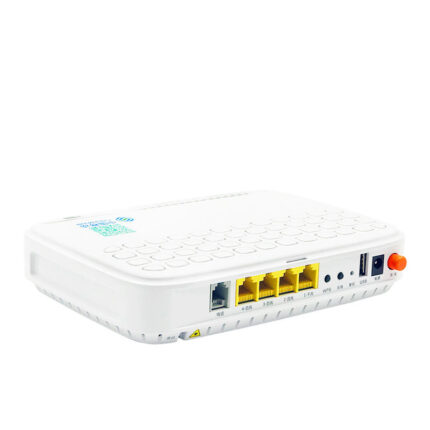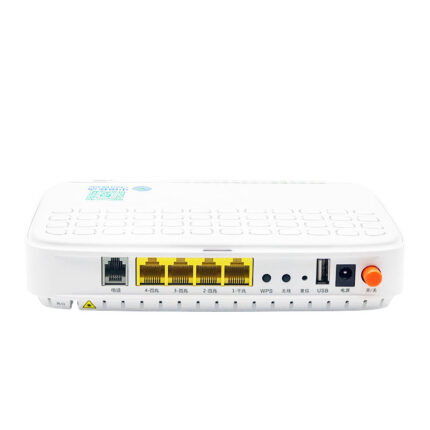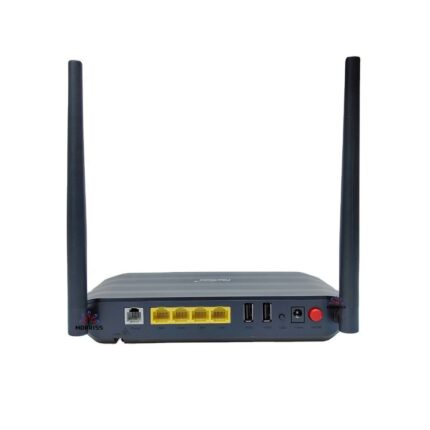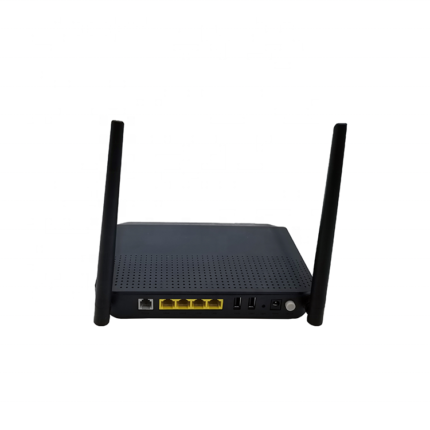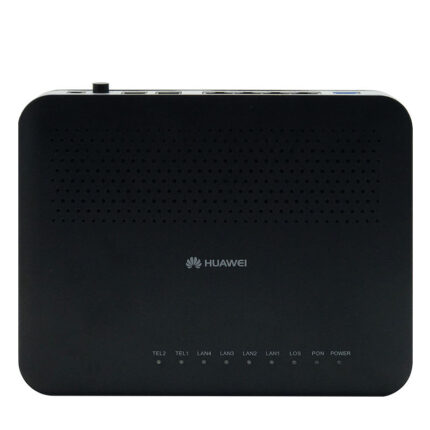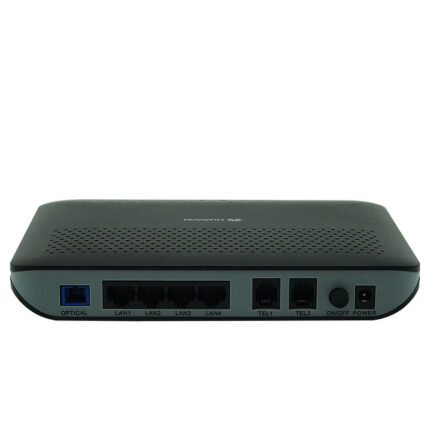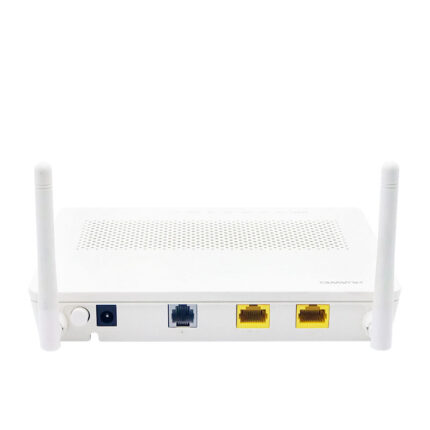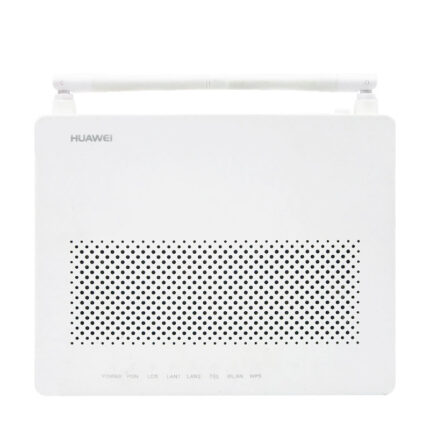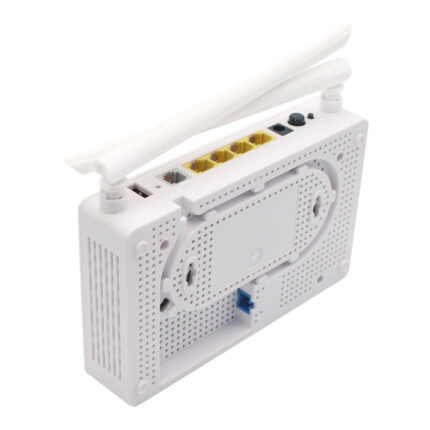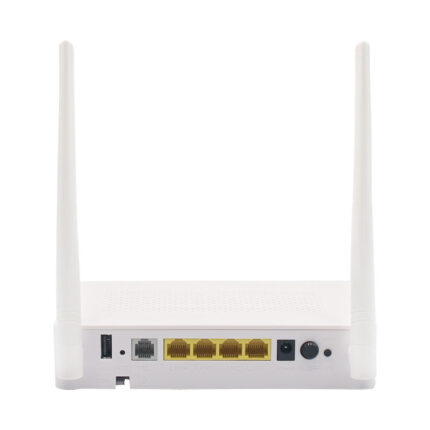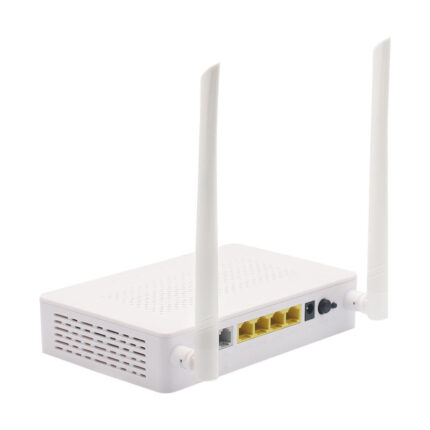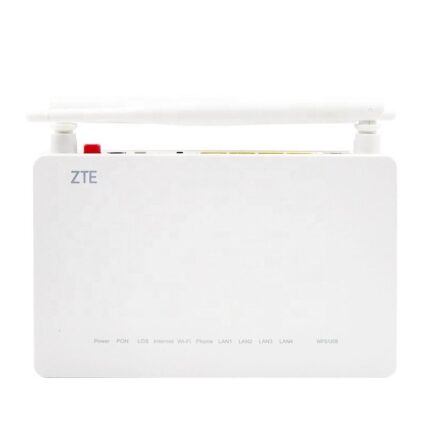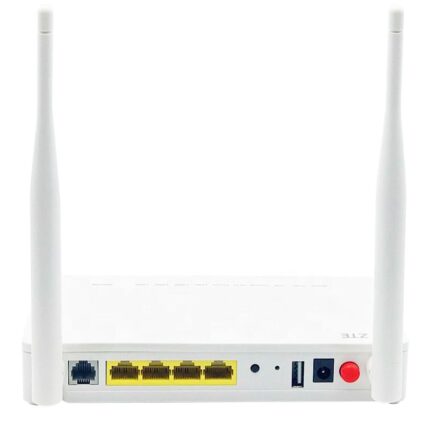Overview
The FTTH Fiber Optic Frame 12 24 48 96 144 Core Patch Panel ODF represents a crucial element in the deployment and management of Fiber to the Home (FTTH) networks, serving as a central hub for organizing, terminating, and distributing fiber optic connections. This comprehensive overview will delve into the key components and functionalities of this versatile infrastructure solution.
FTTH (Fiber to the Home) Infrastructure: FTTH has revolutionized telecommunications by enabling the direct delivery of high-speed internet, voice, and multimedia services to residential and commercial premises. Unlike traditional copper-based networks, FTTH relies on fiber optic cables to transmit data at lightning-fast speeds over long distances, offering unparalleled bandwidth and reliability.
Fiber Optic Frame: At the heart of the FTTH network lies the Fiber Optic Frame, a robust and versatile enclosure designed to house various components essential for fiber optic connectivity. These frames come in different sizes and configurations to accommodate the diverse needs of network deployments.
Patch Panel: A critical component of the Fiber Optic Frame is the Patch Panel, which serves as the interface point for incoming and outgoing fiber optic cables. Patch panels facilitate the orderly organization of cables and provide easy access for maintenance, troubleshooting, and network expansion. They typically feature ports or adapters where fiber optic connectors can be plugged in, allowing for seamless connectivity between different network segments.
Optical Distribution Frame (ODF): Another integral part of the Fiber Optic Frame is the Optical Distribution Frame (ODF), which serves as the central distribution point for fiber optic cables within the network. ODFs facilitate the orderly termination, splicing, and routing of optical fibers, ensuring efficient signal transmission and management. They often include features such as splice trays, cable management systems, and fiber optic adapters to facilitate easy installation and maintenance.
Core Capacity: The “12 24 48 96 144 Core” specification of the FTTH Fiber Optic Frame denotes its capacity in terms of fiber optic cores or connections. This specification indicates the maximum number of individual fibers that can be accommodated within the frame, ranging from smaller-scale deployments with 12 or 24 cores to larger-scale installations supporting up to 144 cores. The flexibility to choose from different core capacities allows network operators to tailor the infrastructure to suit specific bandwidth requirements and scalability needs.
Versatility and Scalability: One of the key advantages of the “FTTH Fiber Optic Frame 12 24 48 96 144 Core Patch Panel ODF” is its versatility and scalability. Whether deploying fiber optic networks for residential neighborhoods, commercial buildings, or industrial complexes, this solution offers the flexibility to scale capacity according to demand. Network operators can easily upgrade or expand the infrastructure by adding additional modules, patch panels, or ODF units to accommodate growing connectivity requirements.
Applications:
The FTTH Fiber Optic Frame finds application in a wide range of scenarios, including but not limited to:
- Residential FTTH deployments, providing high-speed internet access and multimedia services to homes.
- Commercial and enterprise networks, supporting data-intensive applications such as cloud computing, video conferencing, and remote collaboration.
- Municipal broadband initiatives, extending fiber optic connectivity to underserved communities and enhancing digital inclusion.
- Mobile backhaul networks, enabling the seamless transmission of data between cellular base stations and core networks.
| Relative Products |
| Rack Mount |
| 48 Core Rack Mount |
